Each year on October 31, the world celebrates World Cities Day, a United Nations initiative that highlights the role of cities in advancing sustainable development. On this occasion, it’s worth remembering that ancient Peruvian civilizations achieved extraordinary levels of architectural and engineering sophistication,
This ancient peruvian cities reflected in the impressive urban centers that still stand today and continue to inspire global admiration.
World Cities Day recognizes cities’ achievements in addressing urgent global challenges. By 2050, an estimated 70% of the world’s population will live in urban areas, driving greater demand for housing, services, infrastructure, and climate resilience while raising questions of equity and inclusion.
The theme for this year’s celebration, People-Centered Smart Cities, focuses on how technology, data, and artificial intelligence can transform urban life while keeping people at the heart of innovation and recovery.
Masterpieces of ancient urban design in Peru
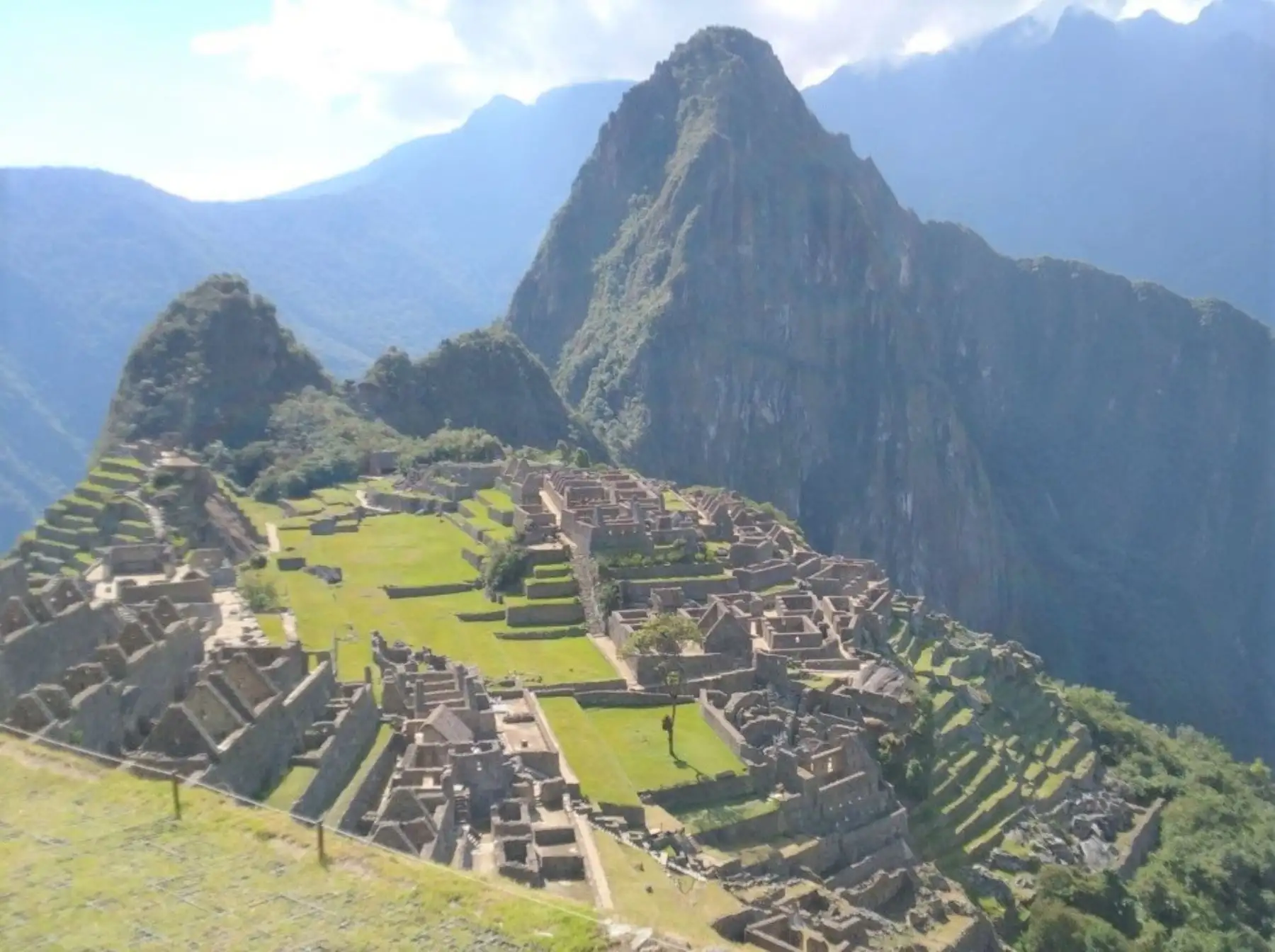
Perhaps the most iconic Inca site and symbol of Peru’s cultural identity, Machu Picchu stands as the ultimate testament to pre-Hispanic architectural genius. Built entirely of stone in the 15th century atop a mountain 2,430 meters above sea level, it remains one of humanity’s most stunning achievements.
The site includes around 200 structures and is considered one of the great legacies of Inca ruler Pachacútec. Abandoned after the Spanish conquest in the 16th century, it was brought to international attention in 1911 by U.S. explorer Hiram Bingham.
Declared a UNESCO World Heritage Site in 1983 and one of the New Seven Wonders of the World in 2007, Machu Picchu continues to inspire awe for its seamless integration with the surrounding mountain landscape.
Chavin de Huantar archaeological site
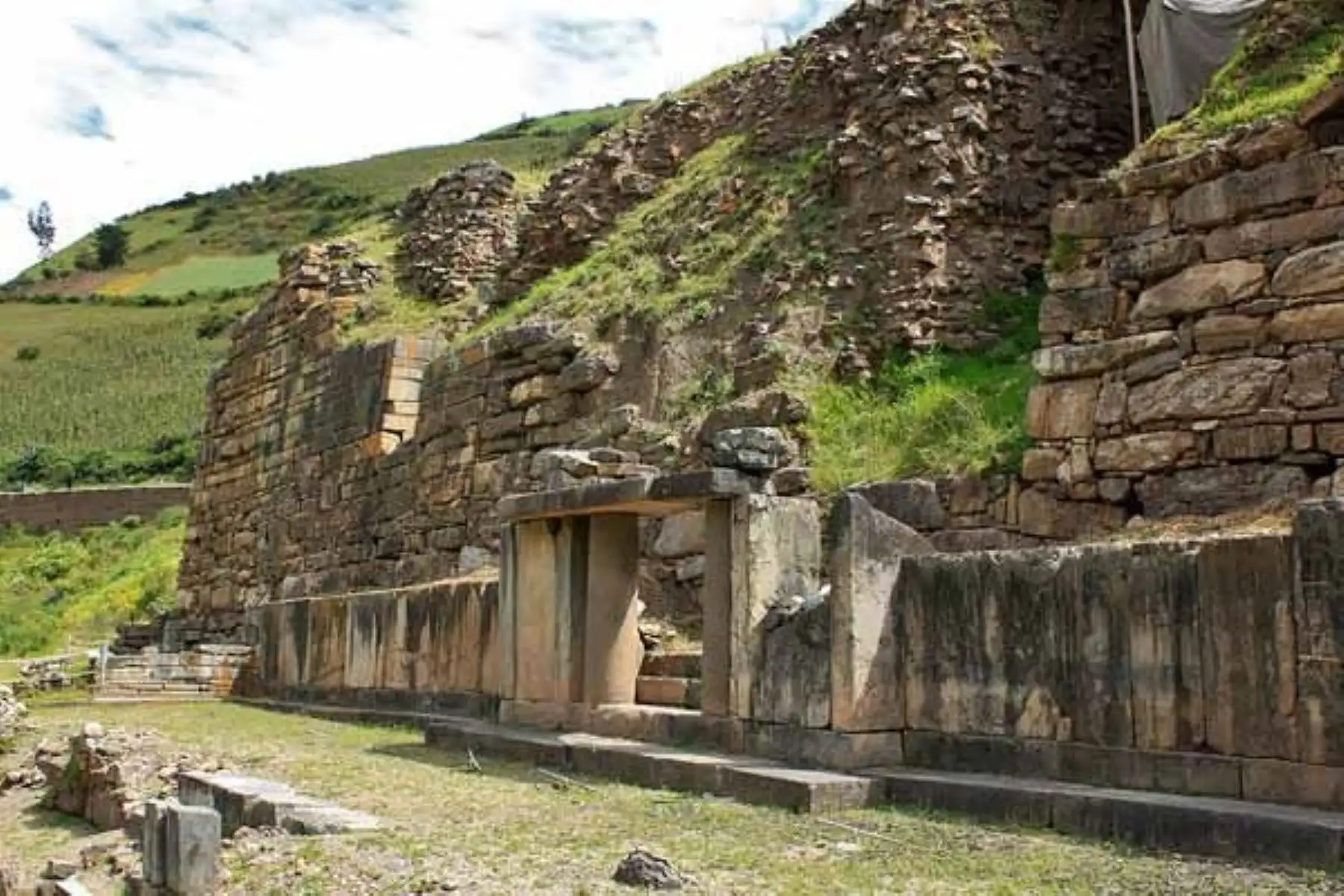
Added to the UNESCO World Heritage List in 1985, Chavín de Huántar gave its name to one of Peru’s earliest and most influential cultures, which flourished between 1500 and 500 BCE in the Andes of Áncash.
A major ceremonial and pilgrimage center, Chavín served as a hub of cultural and religious exchange, drawing people from across the Andean world. Its monumental architecture —characterized by finely carved stone temples, subterranean galleries, and elaborate iconography— demonstrates remarkable technological and artistic advancement for its time.
Chan Chan
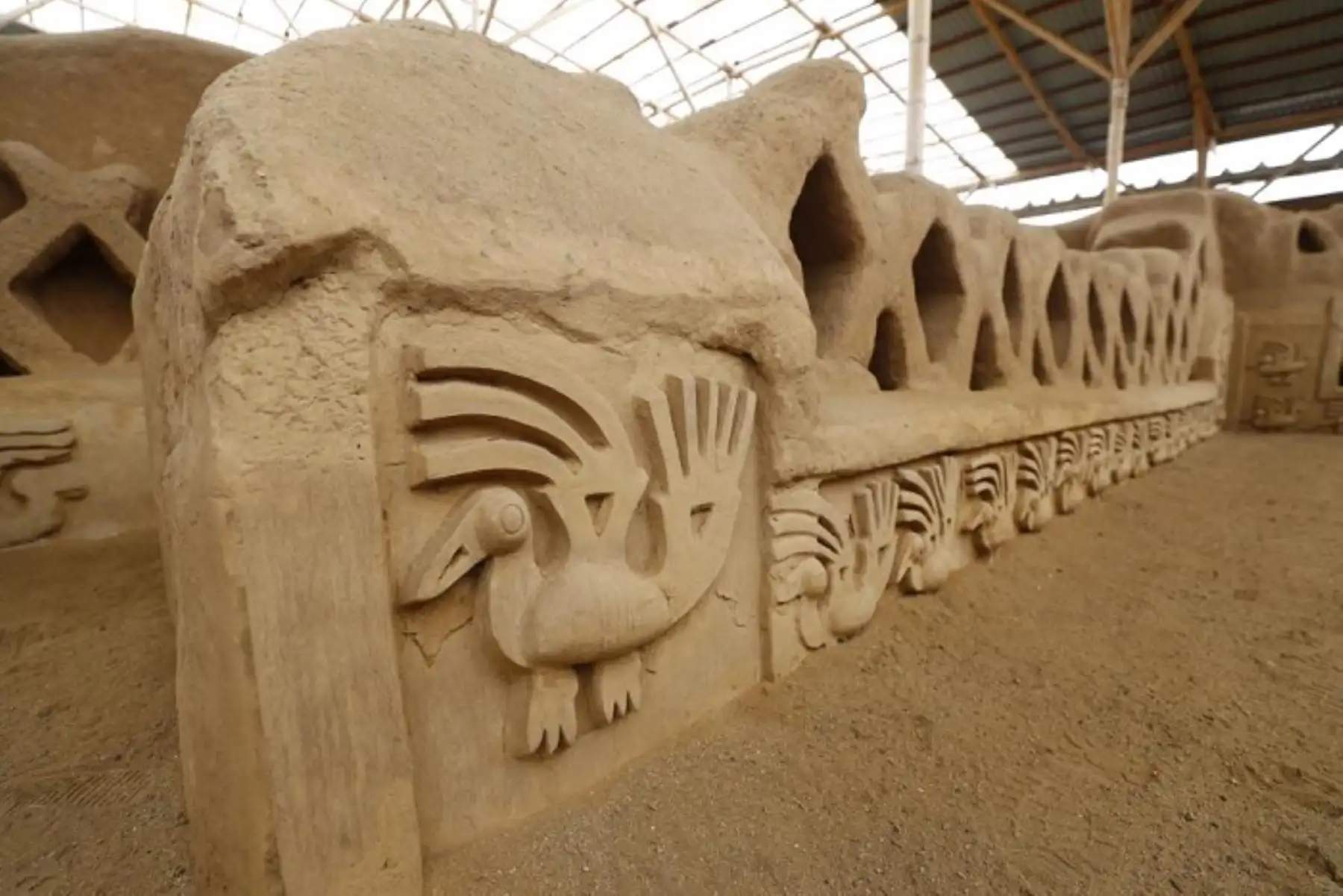
Located near Trujillo in northern Peru, Chan Chan —the capital of the Chimuu Kingdom— was inscribed on the UNESCO World Heritage List in 1986. It is the largest adobe city in the Americas and one of the most important urban complexes of pre-Columbian times.
Comprising nine walled citadels or palaces, Chan Chan exemplifies highly organized urban planning, reflecting the Chimú civilization’s political and social structure. The site’s Nik An complex and its museum are recognized with the Safe Travels certification for biosecure tourism.
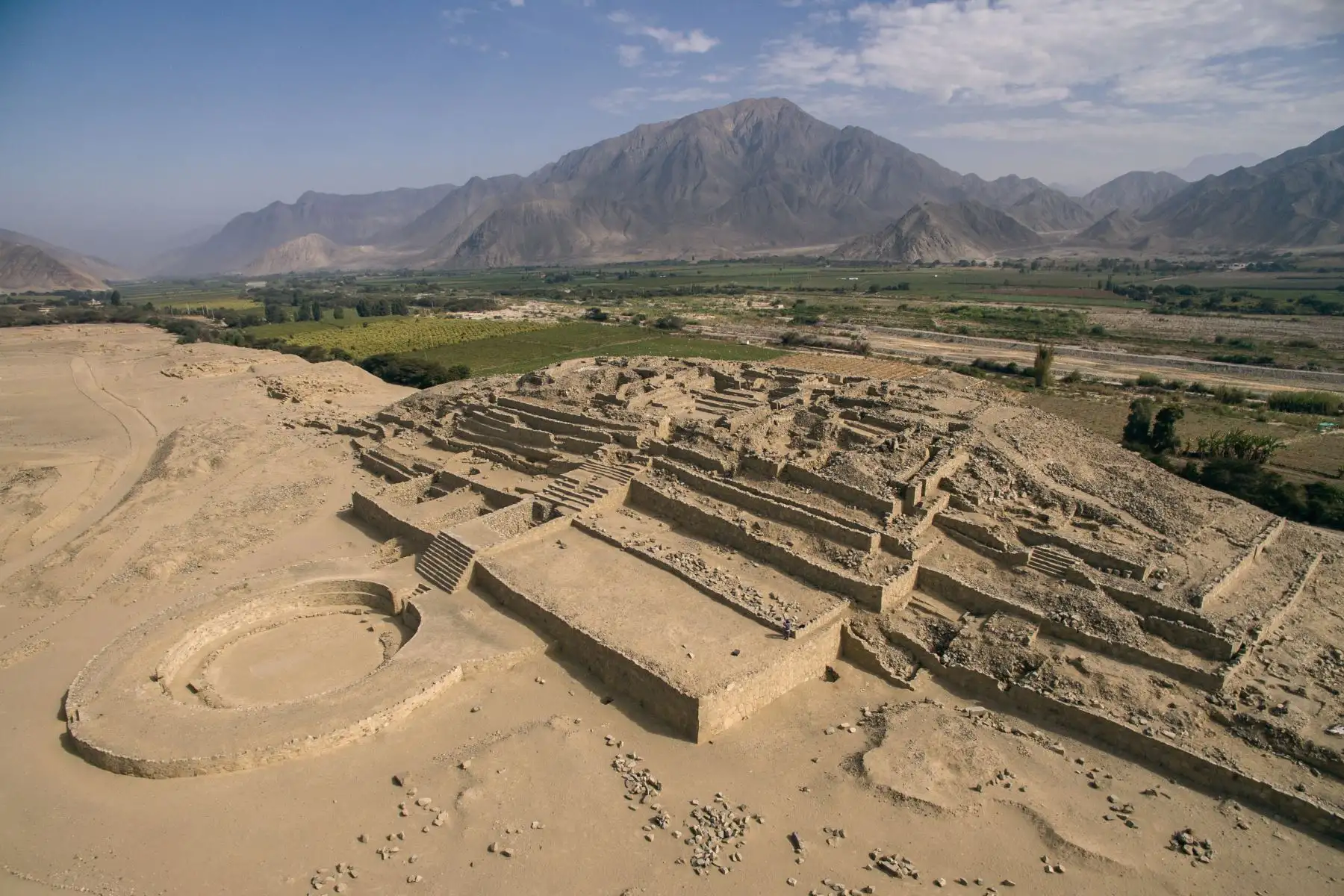
Recognized as UNESCO World Heritage in 2009, the Sacred City of Caral —located in the Supe Valley north of Lima— is the oldest known civilization in the Americas, dating back 5,000 years.
Caral’s monumental pyramids, sunken plazas, and intricate urban layout demonstrate advanced urban planning and social organization at a time when Egypt’s pyramids were being built. Its preservation and cultural value continue to shed light on the origins of Andean civilization.
Wari City
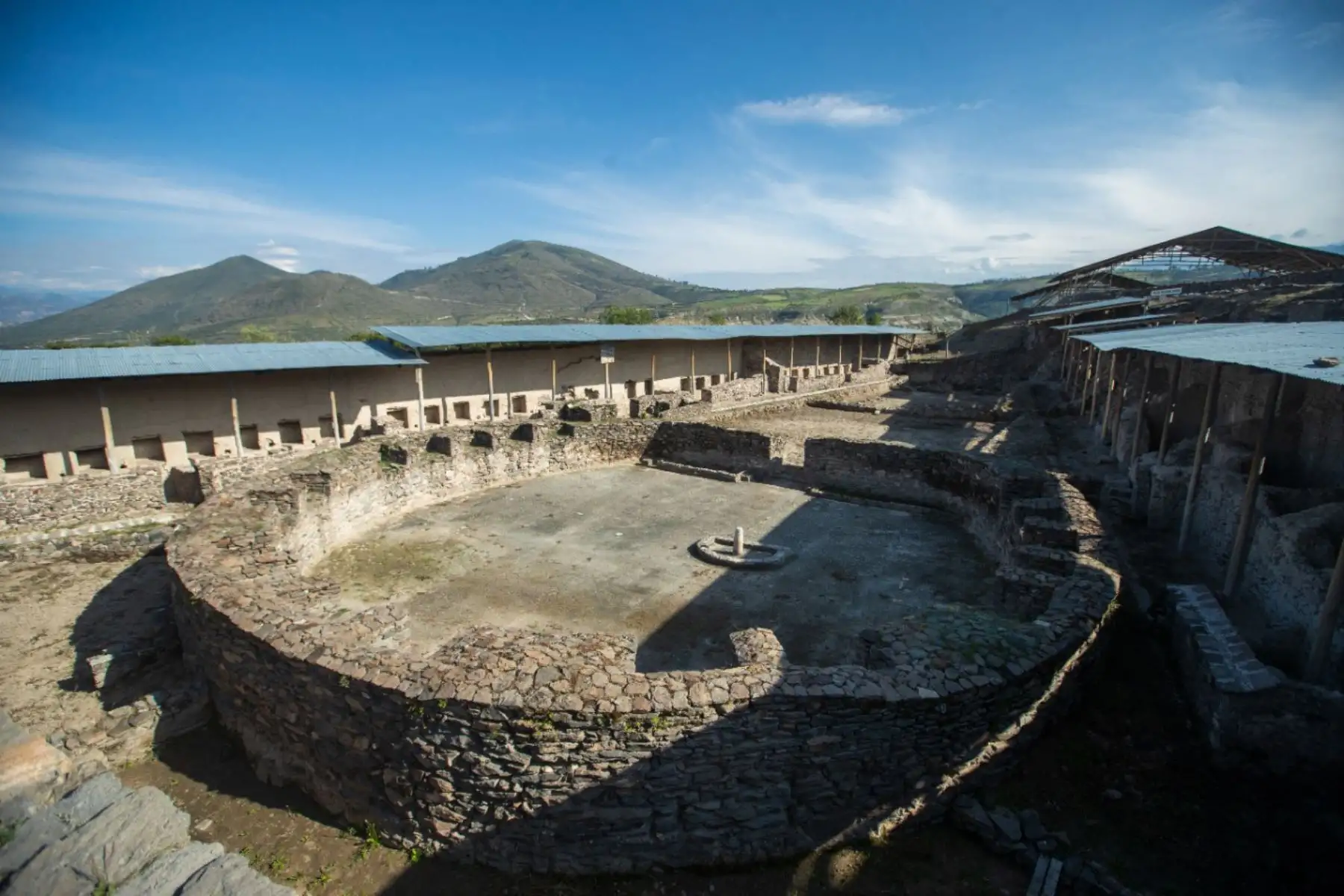
Situated in Ayacucho, Wari was the capital of Peru’s first Andean empire (600–1100 CE). Covering 2,200 hectares, it was one of the largest urban centers of pre-Columbian Peru.
The city features high stone walls, residential quarters, plazas, and complex hydraulic systems. Excavations have uncovered mausoleums and underground galleries, revealing its role as both a political and ceremonial hub. Wari was declared a Cultural Heritage Site of the Nation and continues to be studied by Peruvian archaeologists.
Kuelap
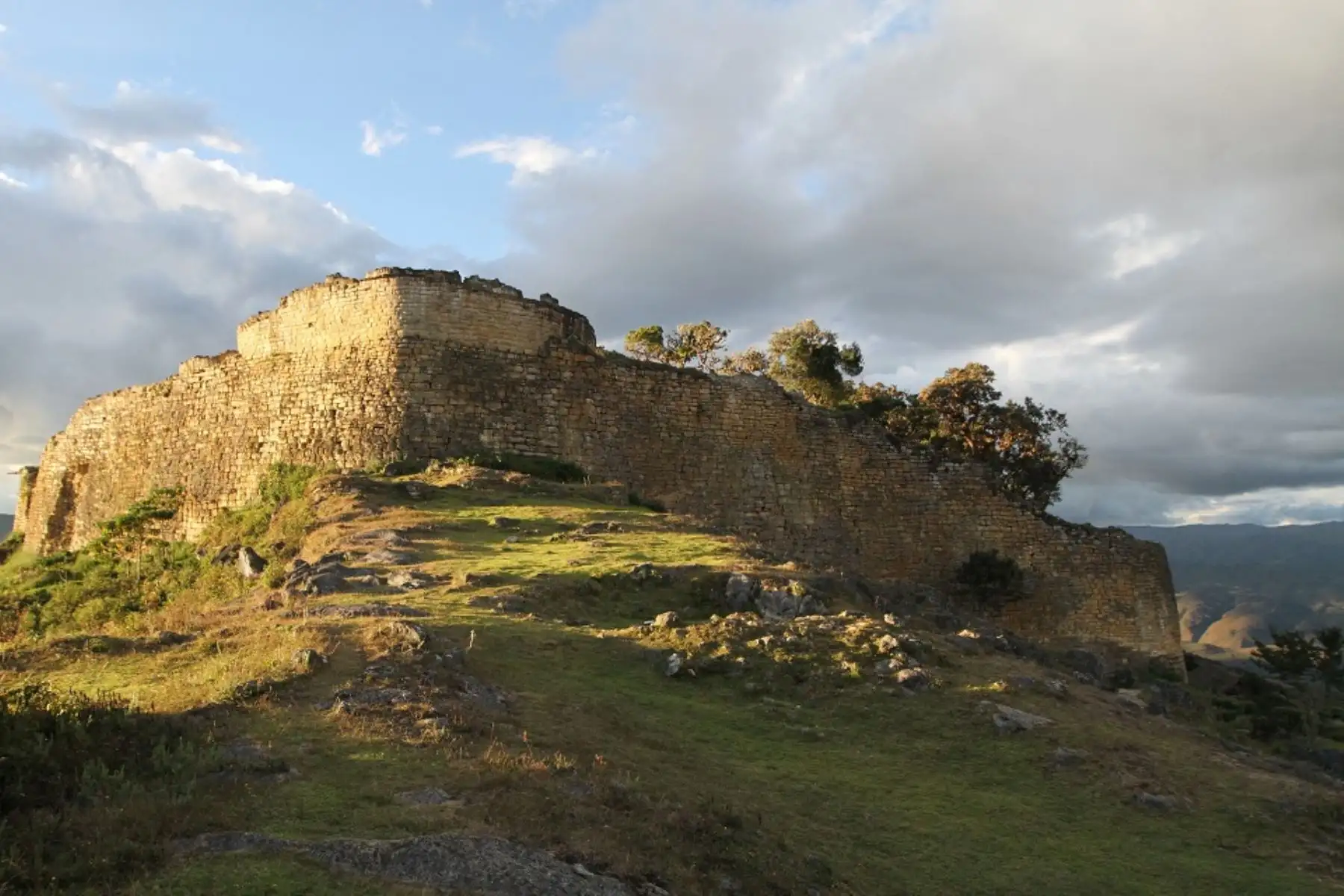
Built between the 11th and 16th centuries, Kuélap —the stone fortress of the Chachapoya culture— dominates the summit of Barreta Hill in the Rising 3,000 meters above sea level, its massive defensive walls and circular buildings showcase a unique highland architectural style.
With narrow entrances designed for protection, Kuélap is believed to have served both as a residential and ceremonial center. Today it stands as one of northern Peru’s most important cultural landmarks and a major attraction for travelers.
Choquequirao
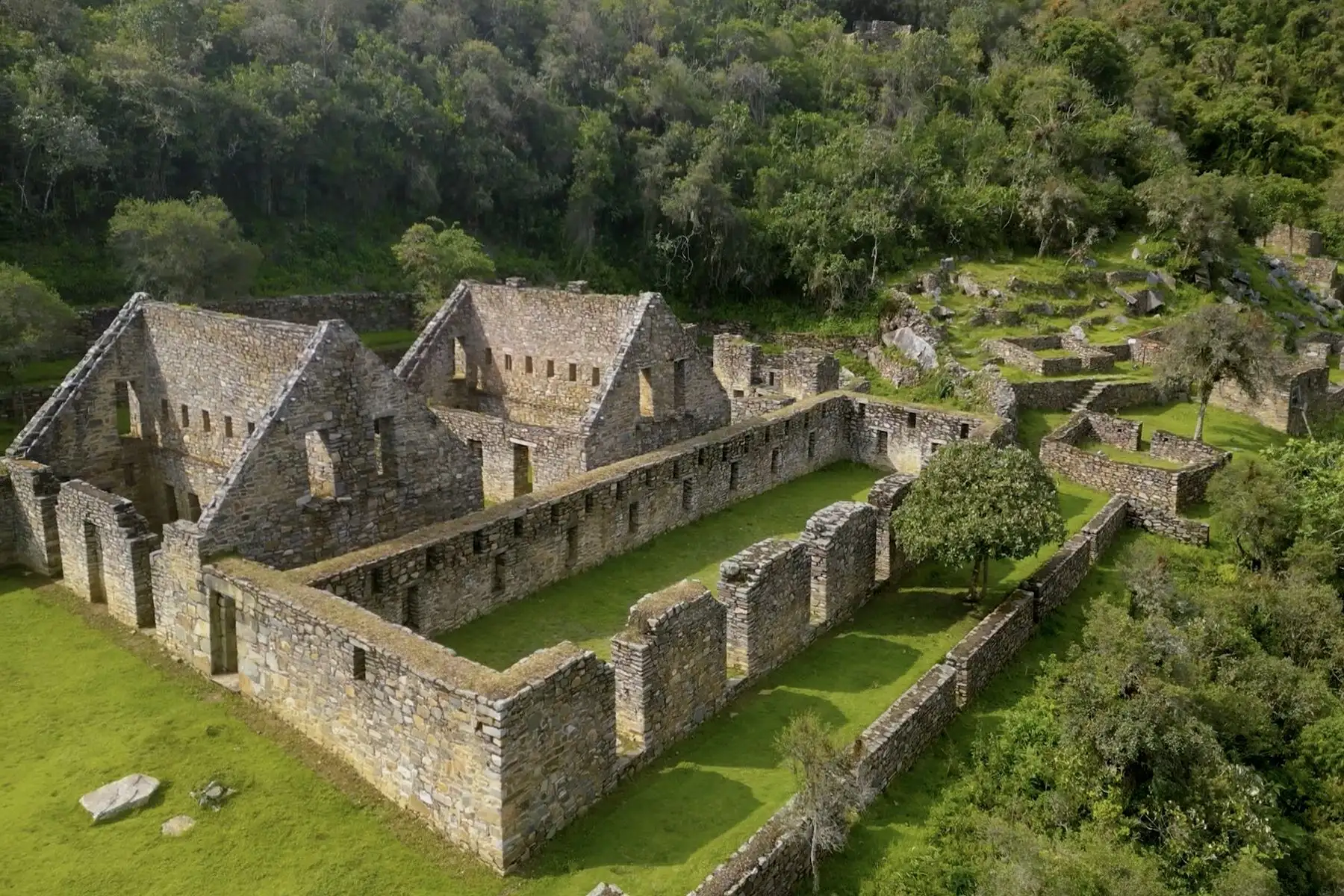
Known as the sister city of Machu Picchu, Choquequirao (Quechua for Cradle of Gold) lies in the province of La Convención, Cusco region, amid the dramatic Andean landscape near the Apurímac River.
Built on three mountain ridges, the site features temples, terraces, and plazas connected by stairways and channels. Only about 30% of the site has been excavated, yet its grandeur rivals that of Machu Picchu. The complex includes the famous Llamas of the Sun stone figures, unique symbols of Inca artistry and agricultural ingenuity.